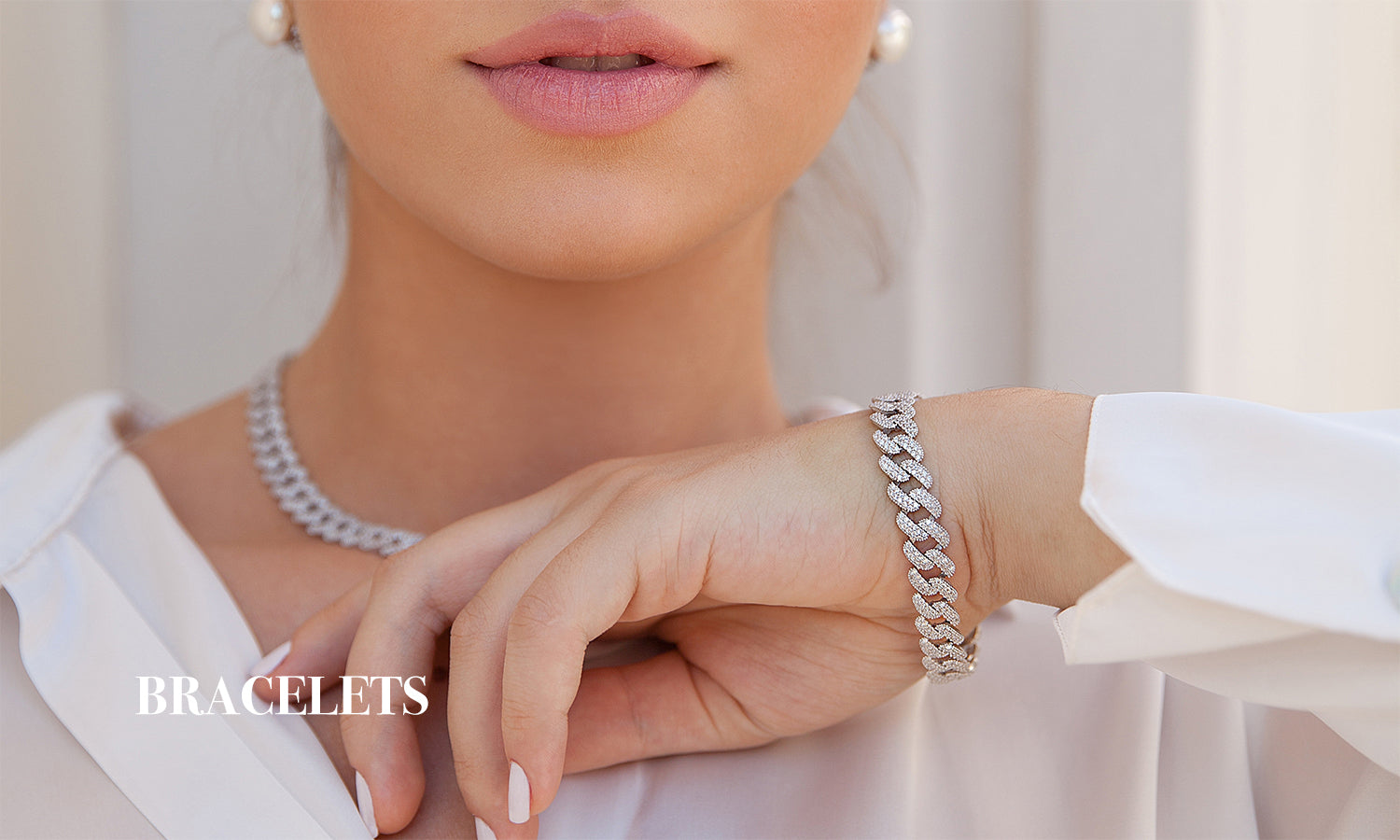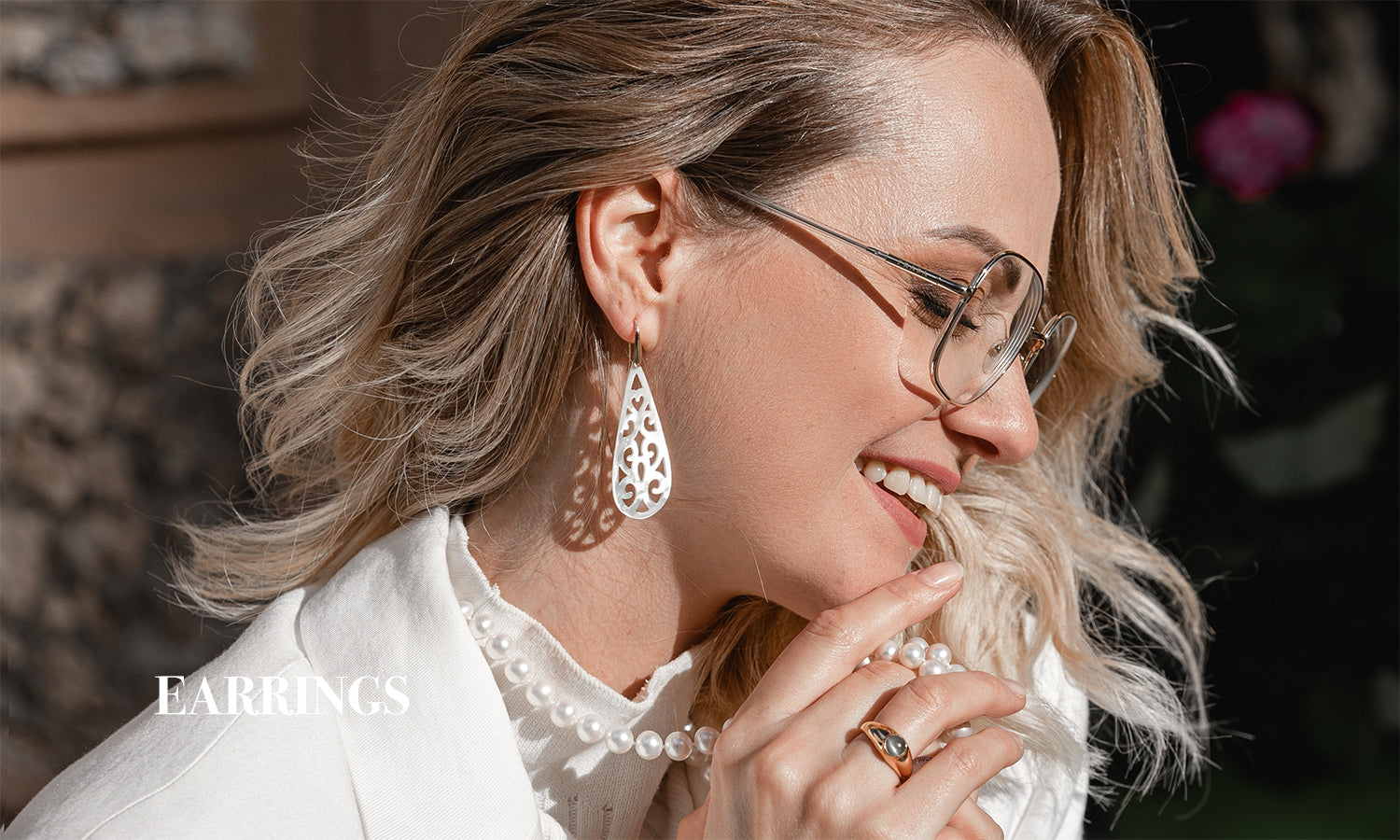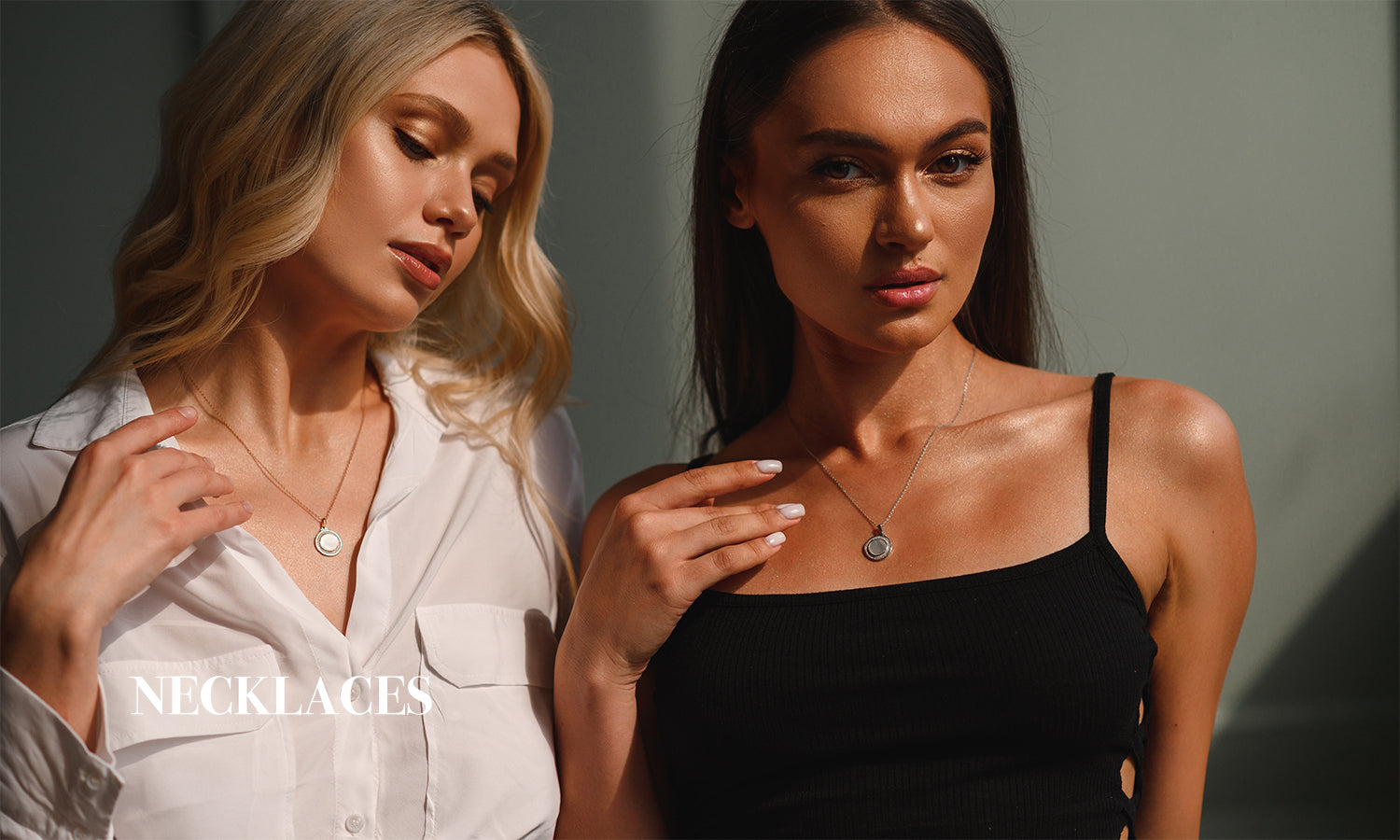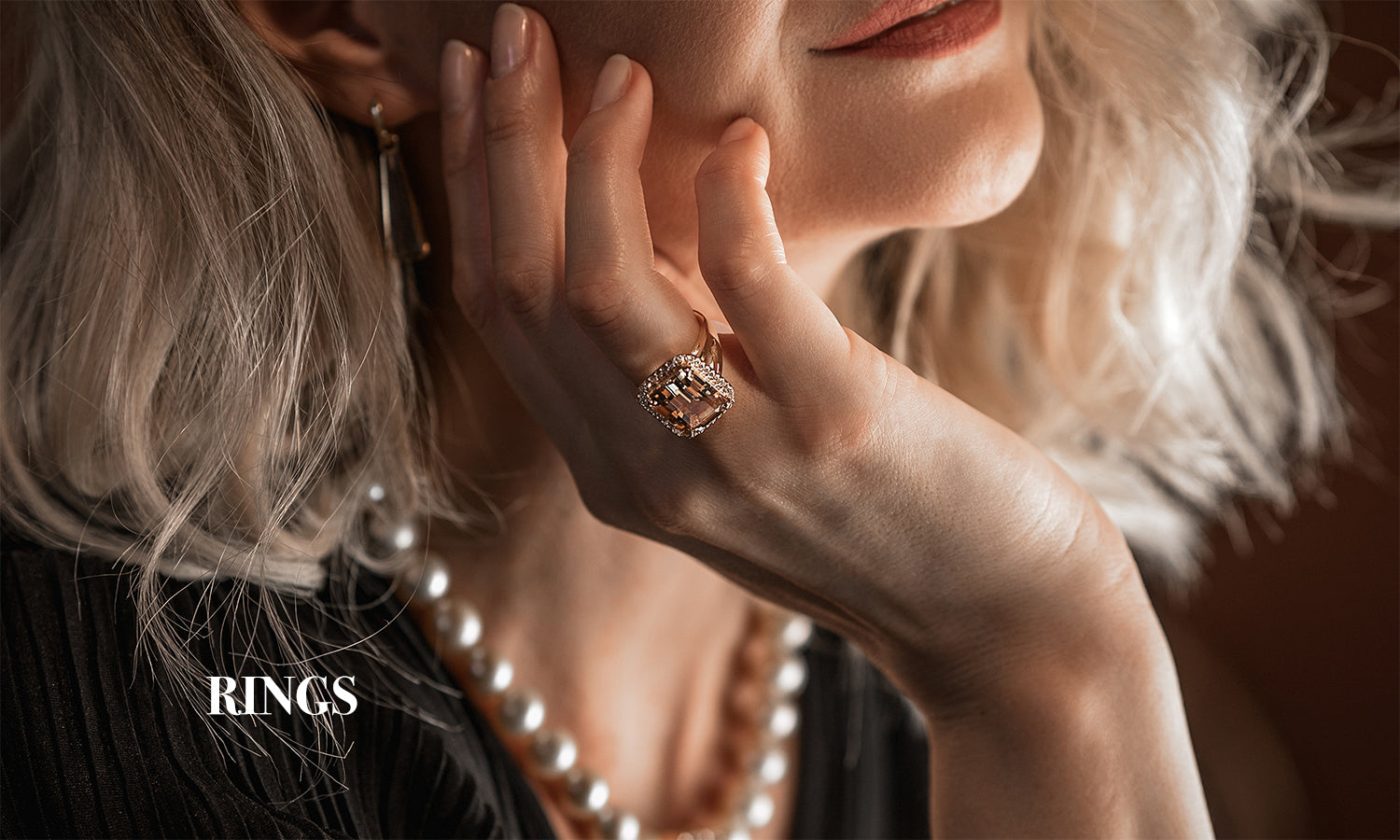Whether you still haven't decided on a Moissanite for your jewelry or you are looking for a stone very similar to the diamond but at a lower cost, in this Planderful post we will tell you what is the Best Diamond-like Moissanite. For that, we are going to base on the different characteristics of Moissanite and we will tell you which ones have a closer appearance to the diamond.

Source: https://taylorandhart.com/blog/diamond-vs-moissanite
The 4C's of diamonds
The quality and characteristics of diamonds can be measured by the 4C's rule: Cut, Color, Clarity, and Carat. The properties of Moissanite can also be measured with the 4C rule.
- Cut
Cut is the most important property in diamonds. The cuts refers to how the diamond's facets interact with light. The perfect cut of a diamond maximizes the brilliance, fire, and sparkle of the gemstone, making it more attractive and valuable.
Cuts can be: Poor, Acceptable, Good, Very Good, and Excellent.
The perfect cut of a Moissanite must have the ideal balance between its proportions and angles, as well as excellent polish and symmetry. All together will reflect the light through the table and the crown to produce the desired "fire" effect in the gem. All "Excellent" Moissanite cuts are given three properties: Brilliance, Dispersion, and Scintillation.
- Color
The whiter (transparent), the more beautiful, scarce and valuable the diamond is. To determine the clarity or transparency of a diamond, there is a color scale that divides the color grades from D to Z, according to the internationally accepted GIA (Gemological Institute of America). The D color corresponds to the most transparent or white and the Z color corresponds to the worst quality yellow or brown.
The color of Moissanite is divided into 5 categories: colorless, almost colorless, light, medium, and strong. In diamonds, the predominant color is yellow, which is indicative of traces of nitrogen, so it is very difficult to find a completely colorless diamond. Moissanite, when treated in a laboratory, is born in a controlled environment that allows it to maintain a very high degree of purity.
- Clarity
Clarity refers to the tiny natural imperfections present in all but the finest diamonds. These imperfections, called inclusions, can be a cloud, a fracture, a diamond inside a larger diamond, liquid, etc. The criteria are evaluated by an observation of the diamond's crown.
They can be classified as follows:
- Internally Flawless or Without internal inclusions.
- Very Very Small Inclusions
- Very Small Inclusions
- Small Inclusions
- Included 1
You can get Moissanite with a VVSI clarity, one of the purest gems you can find.
- Carat
It is the weight of the diamond. In the metric decimal system, one carat is equivalent to 200 milligrams (0.2g), so a 5-carat gemstone would weigh 1 gram. The standard for diamonds used in jewelry is around 0.5 carats.
Unlike diamonds, in Moissanites, the size and price of the gemstone maintain an equal proportion, making it the best choice if you want to put a larger stone as the center gemstone of your engagement ring, helping to maintain a fair proportion of the size and weight of your Moissanite for your money. The standard Moissanite size is 1.5 CT.
In summary, the best diamond-like moissanite should possess the following characteristics:
- Cut: EXCELLENT
- Color: COLORLESS
- Clarity: VVS1
- Carat: From 0.3 to 2 carats.

Source: https://4cs.gia.edu/en-us/4cs-diamond-quality/
The shape of the best diamond-like moissanite
- Round shape
Round-shaped is known for its undeniable brilliance, which also makes it appear larger. This brilliance is a result of its symmetry, allowing maximum light reflection, due to its 57 faces. This rounded shape is the most popular, classic, and timeless shape for engagement rings.
- Cushion shape
The cushion has a square shape with rounded corners that gives it a pillow or cushion-like appearance. This shape gives a vintage and elegant touch to your moissanite. It is one of the oldest diamond shapes although it is becoming, again, more and more popular. The cushion shape is less shiny than the round shape.
- Princess shape
This shape is easily distinguishable by its square or rectangular shape but, unlike the cushion shape, it has 90-degree corners. Its long diagonal length makes it appear larger than it is. The price is usually below the round shape.
- Emerald shape
It has a rectangular shape with steps that are formed in parallel lines on the sides of the stone. Its elongated shape makes it look like a larger stone relative to the same carat weight and makes the finger appear thinner. The cuts in the gemstone make the light reflect as if it were a hall of mirrors.
- Asscher
It is formed by cut corners similar to the emerald cut but produces more brilliance due to its square shape and long faces. The Asscher shape tends to show color at the corners. It is often suitable for a vintage or Art Deco look.
- Oval shape
It has an elongated, oval shape, making the stone appear larger which makes the fingers appear longer. The brilliance achieved is very close to that of the round-shaped diamond and they are more economical.

Source: https://www.valentina.ie/a-complete-guide-to-fancy-shaped-diamonds/
- Marquise
It is elongated with pointed edges. Having a large crown surface area, makes the stone appear larger in size. Its history dates back to King Louis XV of France where a diamond in the shape of his lover's lips was sought after.
- Pear shape
Pear has a similarity to a water drop or teardrop. It would be a combination of a round shape and the marquise shape. The pointed area is the point where the maximum brilliance of the gemstone occurs. This shape is an alternative to the more traditional cuts and has become more popular because of its versatility as it can be oriented up or down.
- Heart shape
Symmetry is very important for appearance as any difference in size between the two halves will be clearly identifiable.
Now that you know what is the best diamond-like moissanite, we invite you to visit Planderful's website to discover our jewelry.





